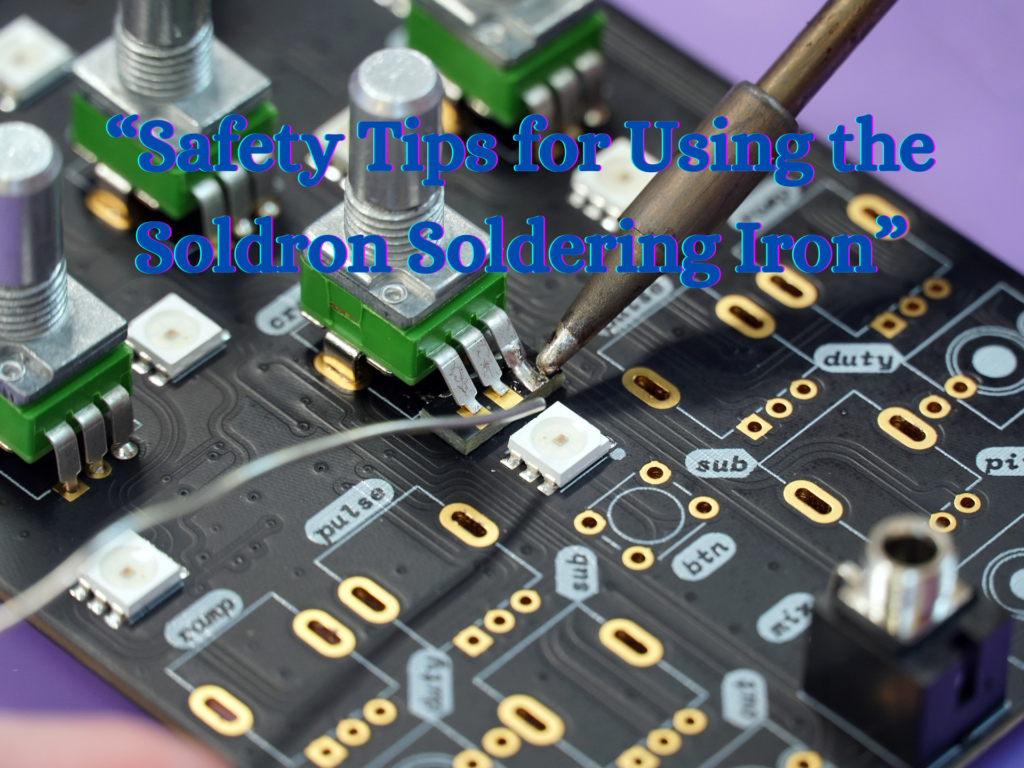Table of Contents
1. Introduction:
Soldering is an essential skill in electronics, allowing hobbyists and professionals alike to join components together securely. However, it comes with its own set of risks that can lead to accidents if proper precautions are not taken. This is particularly true when using tools like the Soldron soldering iron, a Soldron soldering iron known for its reliability and efficiency in the industry. The Soldron soldering iron price makes it accessible to a wide range of users, from beginners to experts.
Understanding how to use your Soldron soldering iron safely is crucial not only for your well-being but also for achieving quality results in your projects. In this blog, we will cover essential safety tips for using the Soldron soldering iron, including recommendations for handling a Soldron micro soldering iron for precision tasks. Proper knowledge of using the Soldron soldering iron enhances user safety and project quality, making it indispensable for electronics work.
2. Understanding Your Soldering Iron:
Before diving into safety measures, it’s important to familiarize yourself with your tool—specifically, the components that make up a Soldron soldering iron.
Soldron offers various models, each designed with specific features tailored for different applications ranging from basic electronics work to more advanced projects requiring precision heating capabilities.
Key components include:
- The heating element: Responsible for reaching high temperatures.
- The tip: Where the actual soldering occurs; it can come in various shapes depending on the task.
- The handle: Designed ergonomically for comfort during extended use.
Knowing these parts helps you understand how they function together, which is vital when considering safety practices.
3. Personal Protective Equipment (PPE):
When working with high-temperature tools like a soldering iron, wearing appropriate personal protective equipment (PPE) is non-negotiable.
- Safety Goggles:
Protect your eyes from potential splashes or debris that may occur during the soldering process.
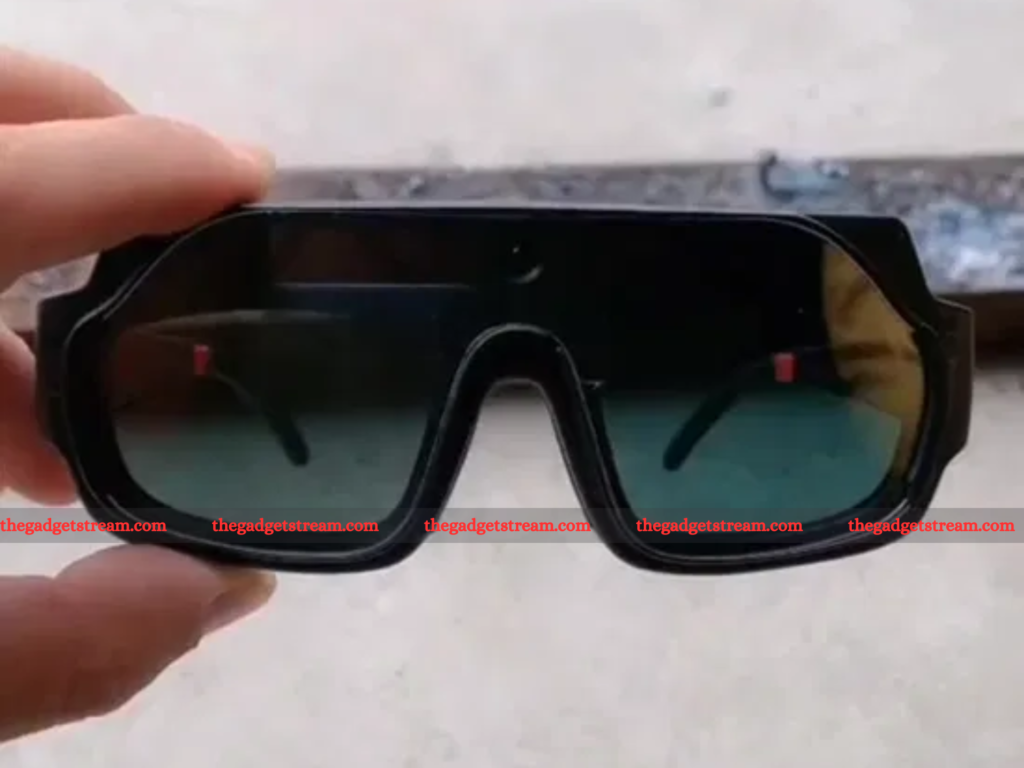
If you want to learn about the top wearable devices, click here.
- Heat-resistant Gloves:
These are essential when handling hot components or if you need to adjust your workpiece while it’s still warm.
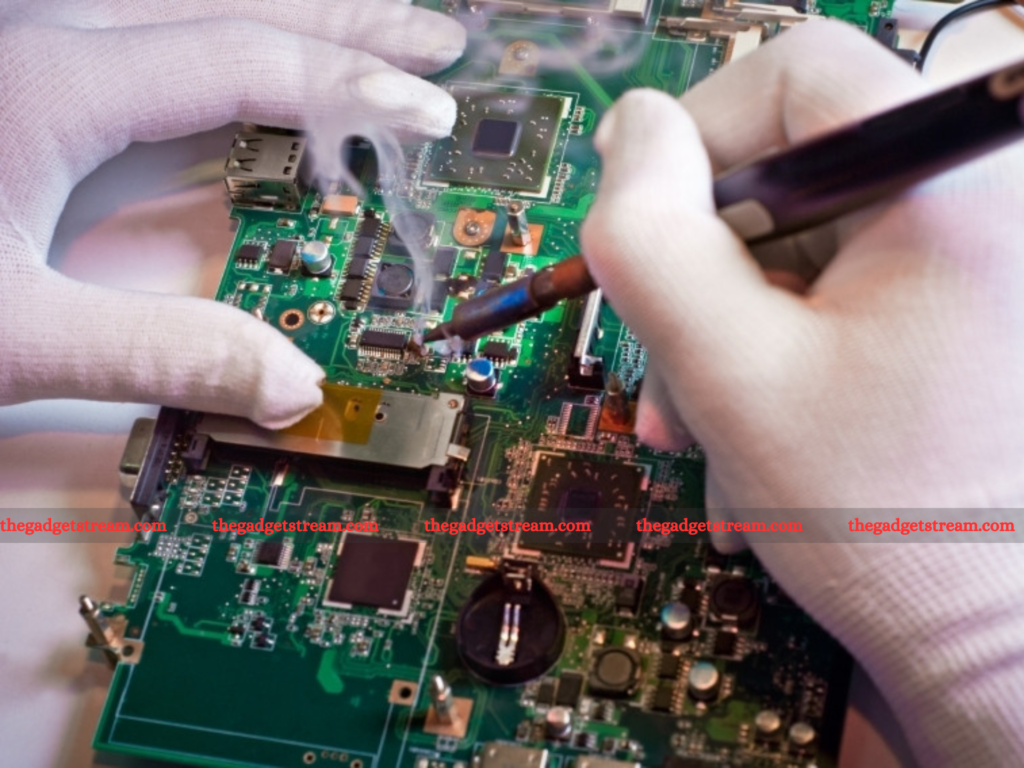
- Aprons/Protective Clothing:
Wearing an apron made from flame-retardant material can shield your body from accidental burns or molten metal splashes.
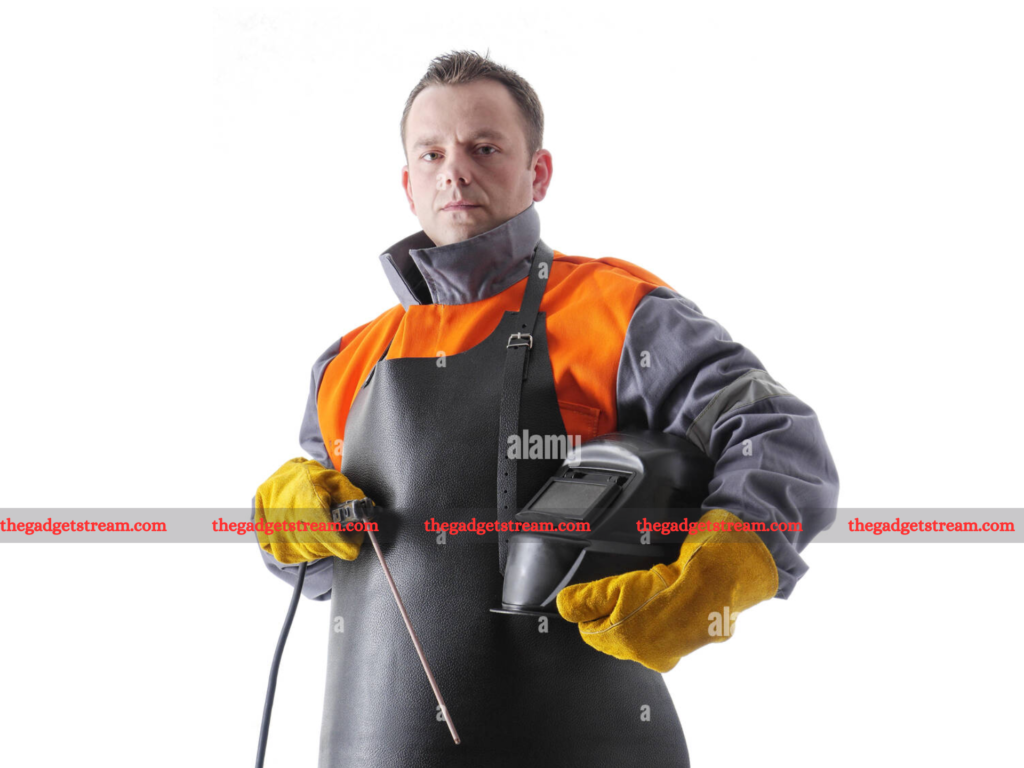
Invest in quality PPE as it significantly reduces the risk of injury while working on intricate electronic projects.
4. Setting Up Your Workspace:
A safe workspace lays the foundation for effective soldering practices:
- Choose a well-ventilated area where fumes can dissipate quickly; this minimizes inhalation risks associated with certain solders and fluxes.
- Organize all necessary tools within arm’s reach but keep them away from direct contact with heat sources.
- Use a heat-resistant mat beneath your work area; this protects surfaces from burns and provides stability while you work.
Creating an organized workspace not only enhances safety but also improves efficiency during your projects.
5. Proper Handling Techniques:
How you handle your soldering iron plays a significant role in ensuring safety:
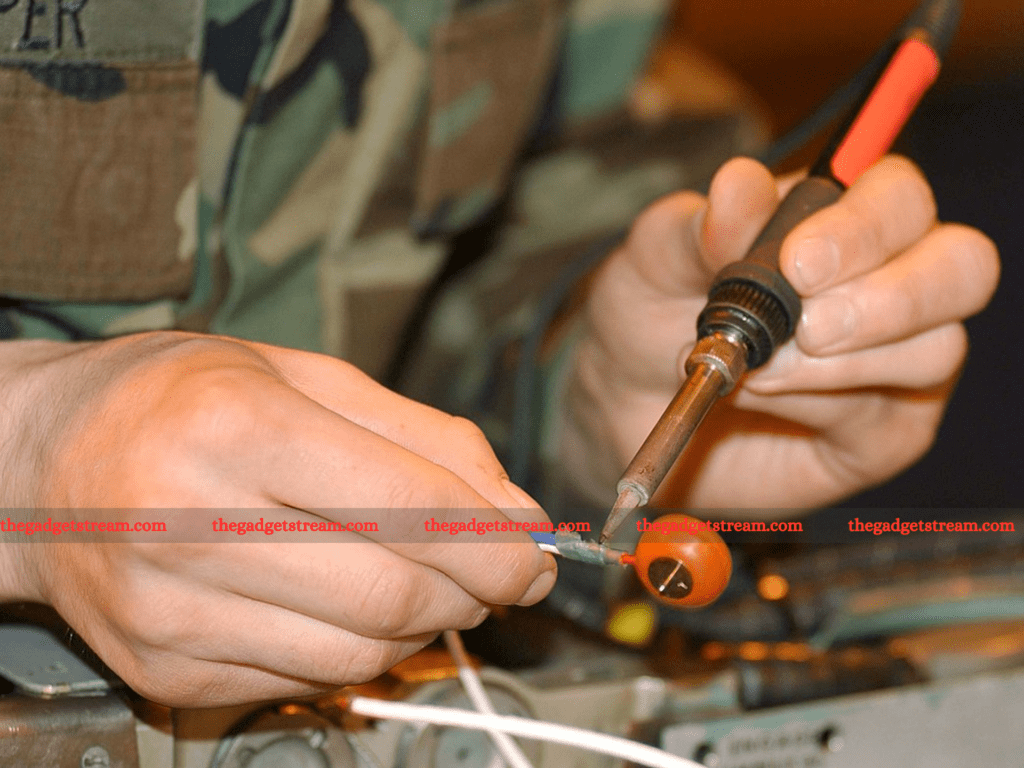
- Always hold the iron by its insulated handle; never touch any part that may become hot during operation.
- Be mindful when placing the iron down; use its stand whenever possible instead of laying it flat on surfaces where it could cause burns or fires.
Practicing proper handling techniques will help prevent accidents caused by carelessness or distraction during intense focus periods.
6. Temperature Management:
Understanding temperature settings is crucial when using a Soldron soldering iron:
- Familiarize yourself with the adjustable temperature controls; different tasks require varying heat levels—too low may result in poor connections while too high can damage components.
- Always allow time for preheating before starting work; similarly, let the tool cool down completely before storing it away after use.
Effective temperature management ensures optimal performance while minimizing risks associated with overheating or underheating components.
7. Soldering Materials Safety:
The materials used during soldering also pose potential hazards:
- Handle solders containing lead carefully as they are toxic; always wash hands thoroughly after use.
- Be aware that some fluxes emit harmful fumes when heated; consider using no-clean fluxes or those specifically designed to minimize toxicity wherever possible.
Understanding material properties helps mitigate health risks associated with prolonged exposure during frequent usage sessions.
8. Electrical Safety Precautions:
Electrical hazards are another critical aspect when using any powered tool:
- Regularly inspect cords and plugs for signs of wear or damage before plugging them into an outlet; frayed wires can lead to electric shocks or fires.
- Ensure that your workspace remains dry at all times—water exposure increases electrocution risks significantly when dealing with electrical devices like solder irons.
Taking these precautions ensures both personal safety as well as safeguarding valuable equipment from unexpected failures due to negligence over time!
9. Fire Safety Measures:
Fire hazards must be taken seriously when working around high temperatures:
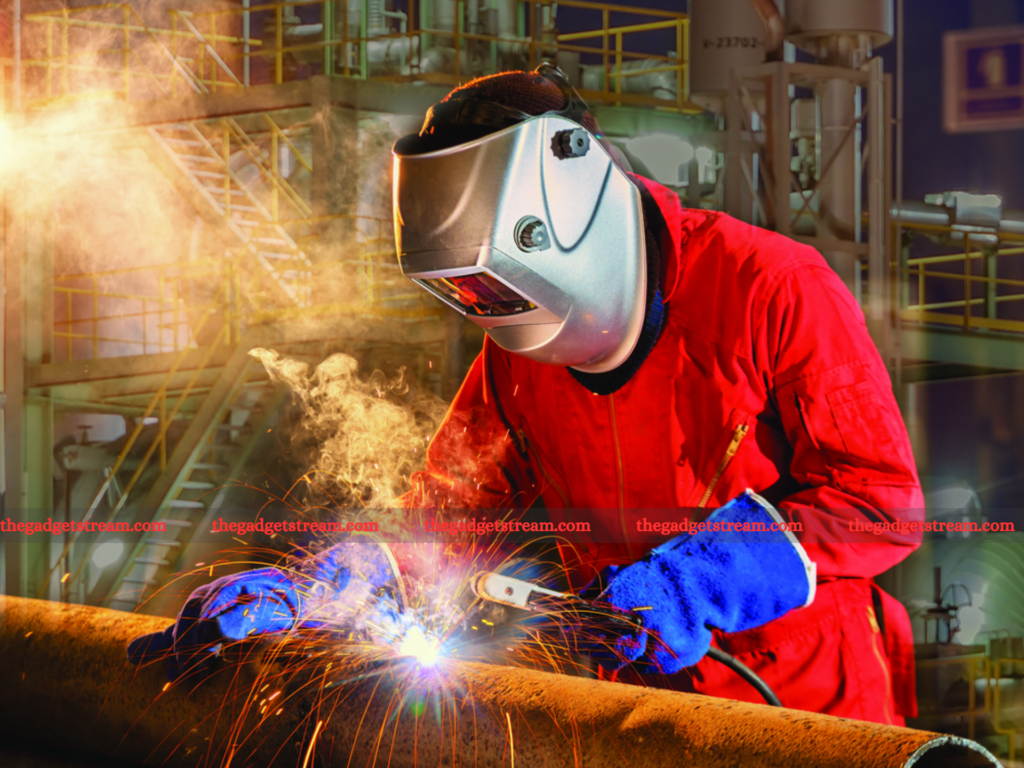
- Keep flammable materials such as paper, cloths, or solvents far away from your workspace—this includes items stored nearby that could catch fire easily if exposed accidentally!
- Always have access to a fire extinguisher rated appropriately (Class B/C) near where you’re working so you’re prepared should an emergency arise unexpectedly!
Implement these measures diligently—they could save lives!
10. First Aid for Burns and Injuries:
Despite taking precautions, accidents can happen; knowing what steps to take immediately following an injury is vital:
- For minor burns:
- Cool affected areas under running cold water immediately (for at least 10 minutes).
- Cover lightly using sterile gauze without applying pressure directly onto burned skin surface areas!
- For severe burns:
- Seek medical assistance right away if blisters form or skin appears charred/damaged beyond superficial layers!
Being prepared allows quick responses leading towards better outcomes post-injury situations!
11. Cleaning and Maintenance of Your Soldering Iron:
Regular maintenance keeps tools functioning optimally while ensuring user safety:
- Clean tips regularly using brass wool/cleaner solutions specifically designed for this purpose—this prevents oxidation buildup leading towards inefficient heating performance over time!
- Store properly after each session by unplugging first then placing back into designated holders provided by manufacturers themselves—never leave plugged-in unattended!
These practices extend longevity while reducing chances related issues arising due neglectful habits over prolonged periods!
12. Disposal of Solder Waste:
Proper disposal methods protect both users’ health/environmental integrity alike:
- Collect used solders/flux residues within designated containers marked clearly indicating hazardous waste types present inside them!
- Research local regulations regarding hazardous waste disposal options available within communities ensuring compliance accordingly!
Responsible disposal reflects commitment towards sustainability efforts benefiting future generations overall!
13. Educating Others on Safety Practices:
Sharing knowledge fosters safer environments collectively among peers/students alike:
- Conduct workshops demonstrating best practices emphasizing importance surrounding safe usage protocols established throughout discussions held openly amongst participants involved!
- Encourage feedback/questions allowing everyone involved feel comfortable expressing concerns raised regarding specific topics discussed previously enhancing overall understanding gained collectively through shared experiences encountered together!
Creating cultures centered around prioritizing safe habits leads towards improved outcomes across board ultimately benefiting everyone involved long-term basis moving forward positively impacting lives daily thereafter too!
14. Conclusion:
In conclusion, understanding how to best utilize tools such as the Soldron soldering iron and the Soldron micro soldering iron effectively requires diligence in following strict safety guidelines. Using a Soldron soldering iron means prioritizing adherence to safe usage protocols consistently followed throughout soldering processes. Soldron soldering iron users who follow these guidelines can experience enhanced productivity levels and minimized risks. With each Soldron soldering iron, especially the Soldron micro soldering iron, ensuring PPE selection and workspace organization is crucial. Soldron soldering iron price considerations make it accessible to various users, supporting successful outcomes achieved consistently with proper use of a Soldron soldering iron in electronics repair, builds, and projects.
4o
Top 3 Authoritative Sources Used:
- Occupational Safety and Health Administration (OSHA) – Provides guidelines on workplace safety standards including electrical hazards associated with tools like solder irons.
- American National Standards Institute (ANSI) – Offers standards related specifically towards personal protective equipment ensuring compliance across industries promoting worker health/safety initiatives effectively implemented universally!
- National Fire Protection Association (NFPA) – Focused primarily upon fire prevention strategies educating individuals about maintaining safe environments especially concerning flammable materials present within workshops utilized frequently!

